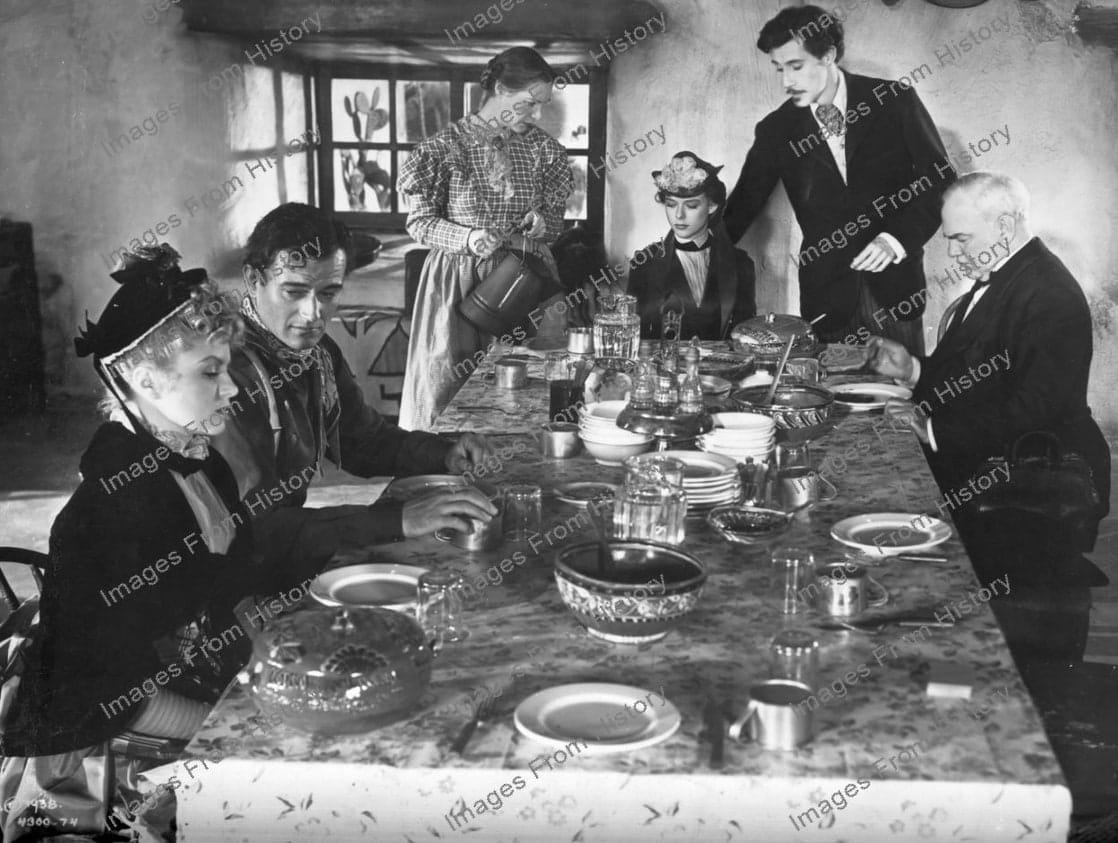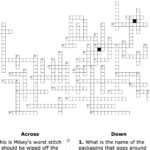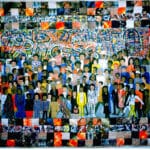Unravel the mystery behind “cues from a stagecoach” and discover the rich history of communication in the Wild West. “LINES” is just the beginning! Explore a variety of stagecoach cues, from whip cracks and verbal commands to musical signals and body language. Master the art of solving crossword clues related to stagecoach cues and impress your fellow puzzle enthusiasts. Go beyond the crossword: Delve into the practical applications of stagecoach cues and their influence on travel and communication.
The Language of the Whip and Reins
Imagine traversing the American West in the 1800s. Your stagecoach, a lifeline in a vast and rugged landscape, relies on a complex system of communication. The driver, a skilled practitioner of non-verbal cues, held the reins, often referred to as “lines” – the primary crossword answer for “cues from a stagecoach.” These lines weren’t just for steering; they were a direct link to the horses, conveying subtle shifts in direction through variations in tension and pressure. A gentle pull might suggest a slight course correction, while a firmer tug could signal a more urgent maneuver.
The whip, too, was more than a symbol of authority. In the hands of a skilled driver, it became a nuanced instrument of communication. A sharp crack to the left signaled a quick turn, while a softer flick to the right suggested a more gradual shift. It was a carefully orchestrated dialogue between human and animal, each movement precise and purposeful. The driver’s voice, adding another layer to this intricate communication, boomed “Giddy-up!” to urge the team forward and a firm “Whoa!” to bring them to a halt. Discover more about tech lingo and buzzwords.
Horns, Bugles, and the Symphony of the Plains
Beyond the immediate vicinity of the stagecoach, sound played a crucial role in communication across the vast expanse of the West. The stagecoach horn, a resonant blast echoing across the plains, announced the coach’s approach to waystations and warned other travelers of its presence. Bugles, too, contributed to this auditory landscape. Distinct melodies conveyed specific messages, from calls for assistance to warnings of danger ahead – a washed-out bridge or perhaps, a band of outlaws. These musical cues were lifelines in a world where communication could be the key to survival.
The Human-Animal Bond: A Partnership on Wheels
Driving a stagecoach wasn’t simply about mastering tools; it was about cultivating a deep understanding of the horses. The driver, attuned to the rhythm of hooves and the nuances of their gait, sensed when the team was tiring, when they were spooked, and when they needed a moment to rest. This intimate knowledge, combined with skill in handling the reins, the whip, and the horn, enabled safe navigation through challenging terrain. This system, however, wasn’t foolproof. Misinterpretations, weather conditions, or startled horses could disrupt the delicate balance, leading to delays or even accidents. Find out about features in the New York Times.
Beyond “LINES”: Alternative Crossword Clues
While “LINES” remains the most common solution for “cues from a stagecoach,” crossword puzzles are known for their variability. Alternative answers exist, often tailored to a specific puzzle’s structure. This is particularly relevant for five-letter answers, frequently sought after by crossword enthusiasts. Research suggests there may be as many as 30-40 alternative answers, highlighting the dynamic nature of crossword clues. Online crossword solvers like Wordplays.com, Crossword-Solver.io, and others offer valuable resources for exploring these variations.
Quarters, Half-Rounds, and the Geometry of the Road
What comes after the “quarters” in stagecoach terminology? The answer is a half-round. In the context of stagecoach travel, a “quarter” refers to a 45-degree turn, while a “half-round” signifies a 90-degree turn. It’s helpful to visualize this using a circle. A quarter is one-eighth of a full circle (360 degrees), and a half-round is one-fourth. This terminology likely arose from the need for quick and easily understood directions during stagecoach travel. It’s important to distinguish this from the use of “quarter” in theater stage directions, where it denotes an actor’s body position relative to the audience. On stage, a “quarter turn” is a 90-degree rotation, as part of “quarter blocking,” the planned movements of actors within a scene. While the words may appear similar, their meanings in these distinct contexts are quite different.
| Term | Degrees | Relation to Full Circle |
|---|---|---|
| Quarter | 45° | 1/8 |
| Half-Round | 90° | 1/4 |
| Full Circle | 360° | 1 |
The Stagecoach: More Than Just a Ride
Stagecoaches weren’t mere vehicles; they were vital arteries in the 19th-century American West. They transported people across vast distances, connecting families, facilitating business, and enabling westward expansion. They carried mail and news, linking communities and fostering economic growth by transporting goods and services. Their role in westward expansion is undeniable, enabling settlers, miners, and adventurers to reach new territories. While their impact is well documented, research continues to uncover new insights into their routes, the people who relied on them, and the operational challenges they faced.
| Function | Description |
|---|---|
| Transportation | Moved people and goods across long distances, especially in the American West. |
| Communication | Carried mail and news, connecting distant communities. |
| Economic Impact | Facilitated trade and commerce, supporting economic growth in developing areas. |
| Westward Expansion | Played a crucial role in opening up the American West, enabling settlement and development. |
Boarding the Stagecoach: A Step Back in Time
Imagine boarding a stagecoach in the 1800s. You would arrive at a designated stage stop, often a bustling inn or depot. Passengers would queue near the coach door, sometimes assisted by station staff. Entering was a careful process, often with ladies given priority for interior seats, due to the narrow doorway. Luggage, stowed in compartments or secured to the roof, required careful attention. Inside, polite conversation was the norm, while loud or disruptive behavior was discouraged. Gentlemen were expected to assist ladies with boarding and disembarking, reflecting the social etiquette of the time. This journey, often shared with a diverse group of passengers, became a unique social experience.
| Aspect of Boarding | Details | Modern Equivalent |
|---|---|---|
| Location | Designated stage stops, often inns or depots | Bus stations, airports |
| Process | Queuing, assisted boarding (if needed) | Boarding a plane, bus |
| Luggage | Stored in compartments or on the roof | Overhead bins, luggage compartments |
| Etiquette | Polite conversation, gentlemen assisting ladies | General travel etiquette |
Ongoing research continually reveals new details about daily life in the 19th century, which may further illuminate the experience of stagecoach travel. While we have gained a significant understanding, there is still much to discover.















